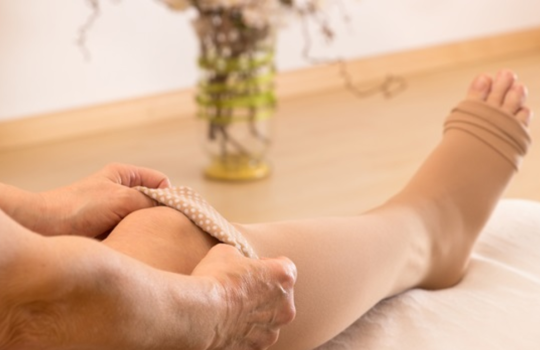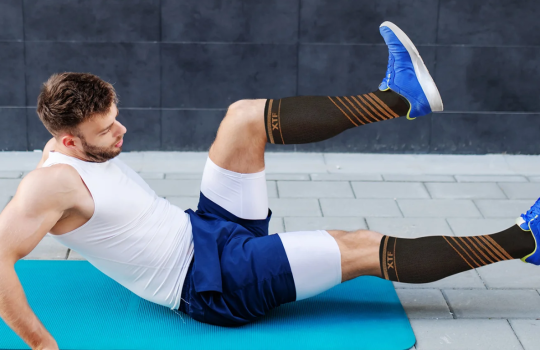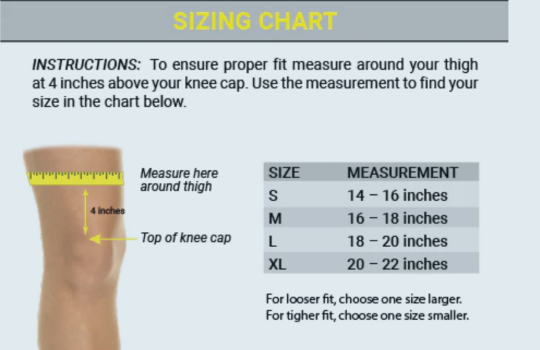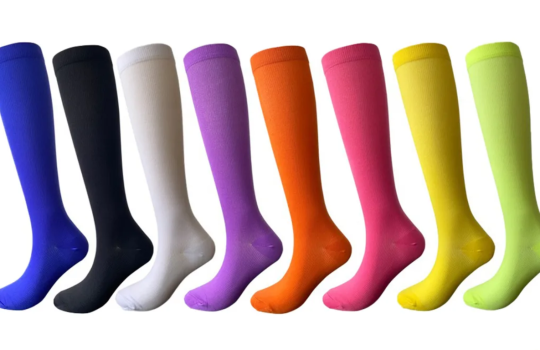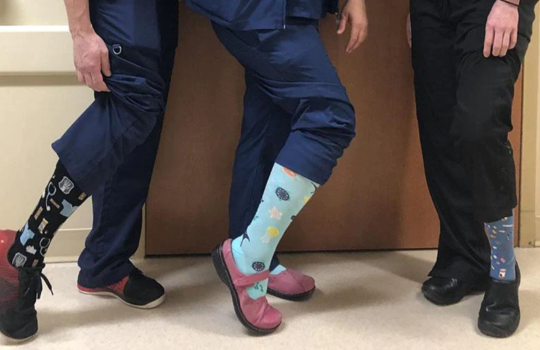Introduction
Compression socks, a specialized type of garment designed to apply graduated pressure to the legs and feet, play a vital role in promoting improved circulation and reducing risk of issues such as blood pooling and swelling. The manufacturing of compression socks involves a careful selection of fabrics to strike the right balance between comfort, durability, and effectiveness of compression. In this article, we delve into various types of best fabric for compression socks commonly utilized in the production of best fabric for compression socks and their specific advantages.
If you’re intrigued by the world of compression socks and want to delve deeper, why not check out our comprehensive guide on compression socks for men? Discover valuable insights and expert recommendations to enhance your understanding. Your journey into comfortable and supportive legwear continues.
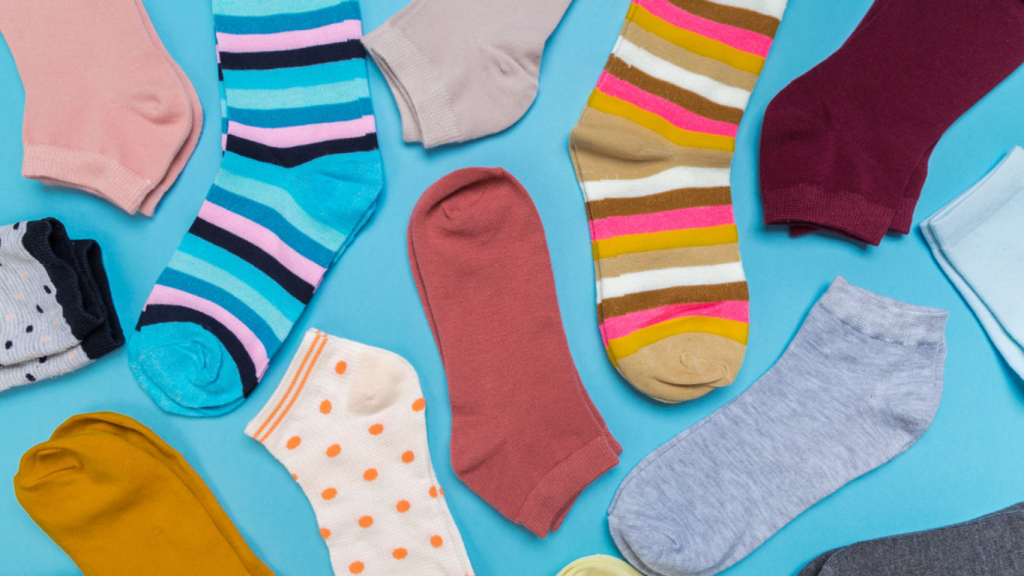
Durable and Elastic Nylon Fiber for Compression Socks:
Nylon, renowned for its robustness, endurance, and elasticity, stands out as a prime choice for crafting compression socks fabric. Its inherent strength ensures that socks can endure regular use while maintaining their shape even after numerous cycles of washing and wearing. The snug fit afforded by nylon enhances socks’ overall effectiveness in delivering the intended compression benefits.
Dive deeper into the art of putting on best fabric for compression socks compression socks correctly and comfortably by checking out our comprehensive guide on how to put on compression socks.
Incorporating Spandex/Lycra for Elasticity and Fit in Compression Socks Fabric
The inclusion of spandex or Lycra, elastic fibers, in composition of compression socks offers necessary elasticity and fitting. These fibers are often blended with other fabrics to provide the required stretch and compression. The result is socks that can maintain their form, adapting seamlessly to the contours of the wearer’s legs, thus ensuring both comfort and effective compression.
Moisture Wicking Polyester in Compression Socks Fabric for Dry Comfort
Polyester, a synthetic fabric recognized for its remarkable moisture wicking properties, plays a significant role in enhancing comfort of choosing best fabric for compression socks. By effectively drawing moisture away from skin, polyester assists in keeping feet dry and comfortable, even during extended periods of wear. This fabric is frequently combined with other fibers to elevate overall performance of compression socks.
Natural Comfort with Cotton Blends in Compression Socks
While elasticity of cotton is comparatively limited in contrast to synthetic fibers, it still finds application in compression socks, often in blends with other materials. This choice provides natural breathability and comfort, rendering socks suitable for everyday wear. The incorporation of cotton allows for a gentle, skin friendly touch.
Lightweight and Breathable Microfiber Fabrics for Compression Socks
Engineered to be lightweight, breathable, and moisture wicking, microfiber fabrics offer an optimal solution for crafting compression socks that prioritize both comfort and compression effectiveness. These fabrics are designed to provide a comfortable fit while simultaneously ensuring maintenance of appropriate compression levels.
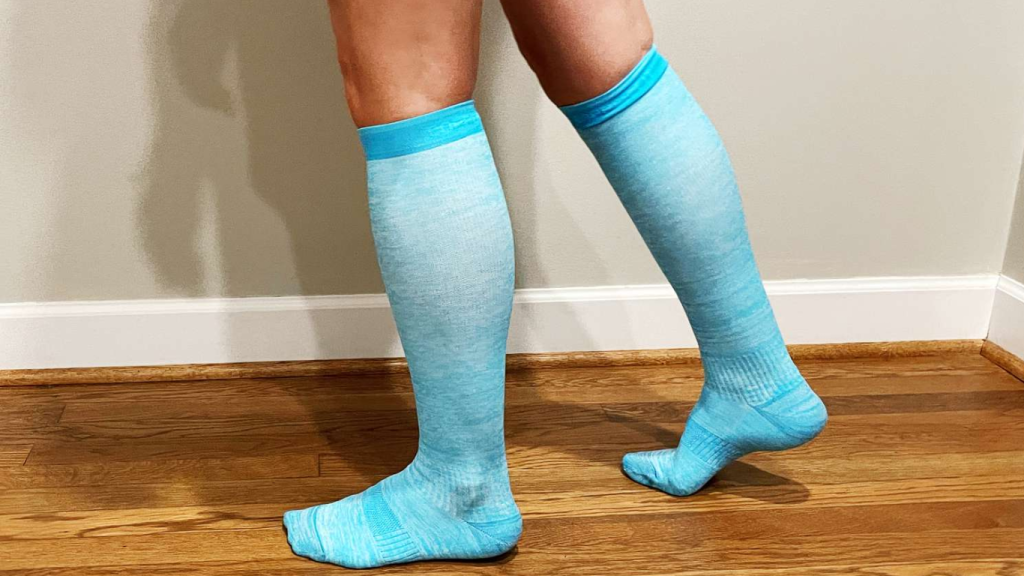
Enhancing Performance with Coolmax in Athletic Compression Socks
Coolmax, a fabric specifically designed for moisture wicking, excels in creation of athletic and active compression socks. These socks actively prevent overheating during physical activities by keeping feet dry and cool. Coolmax’s performance enhancing features are crucial in maintaining comfort and functionality.
Temperature Regulation and Odor Resistance with Merino Wool Compression Socks
In select cases, compression socks are fashioned from merino wool or wool blends. Merino wool’s natural moisture wicking ability, coupled with its temperature regulating and odor resistant properties, make it an ideal choice for a diverse range of conditions. This selection guarantees both effective compression and enhanced wearer comfort.
Natural Antibacterial Properties of Bamboo Based best Fabric for Compression Socks
Bamboo based fabrics present an attractive option due to their inherent antibacterial properties and moisture wicking capabilities. These properties make them well suited for crafting compression socks that prioritize breathability, comfort, and suitability for individuals with sensitive skin.
As you dive into the world of compression socks, why not explore our in depth guide on medical-grade compression socks? Uncover essential information and expert insights that will deepen your understanding. Your exploration of comfortable and supportive legwear doesn’t have to end here.
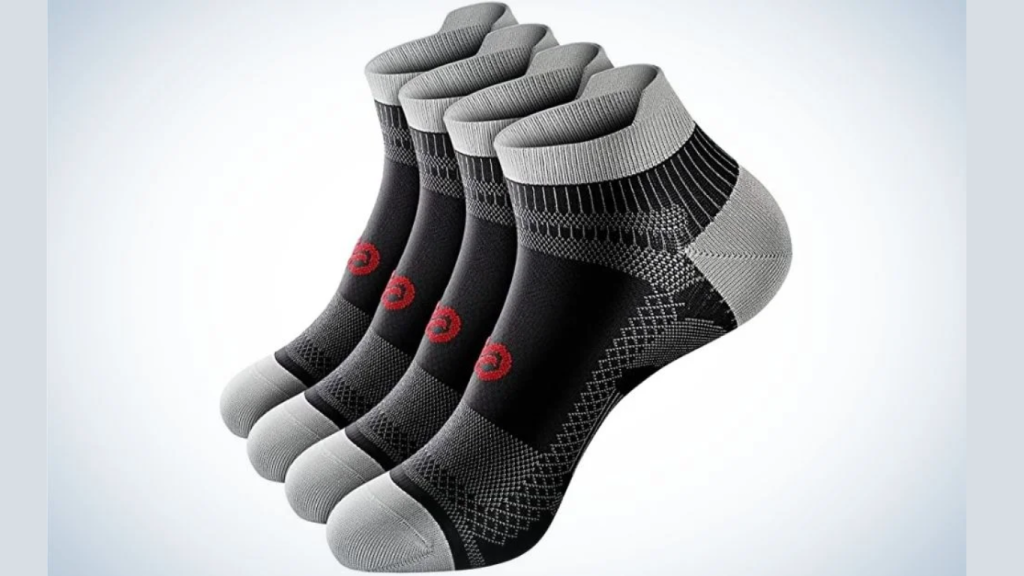
Conclusion
The creation of compression socks involves a meticulous blend of fabrics to achieve the desired characteristics that cater to various applications, from everyday wear to athletic activities and medical purposes. Manufacturers incorporate an array of fibers and weaving techniques to ensure optimal compression and support without compromising comfort. This synthesis of material innovation and functional design contributes to the efficacy and versatility of compression socks in promoting healthier legs and feet.


